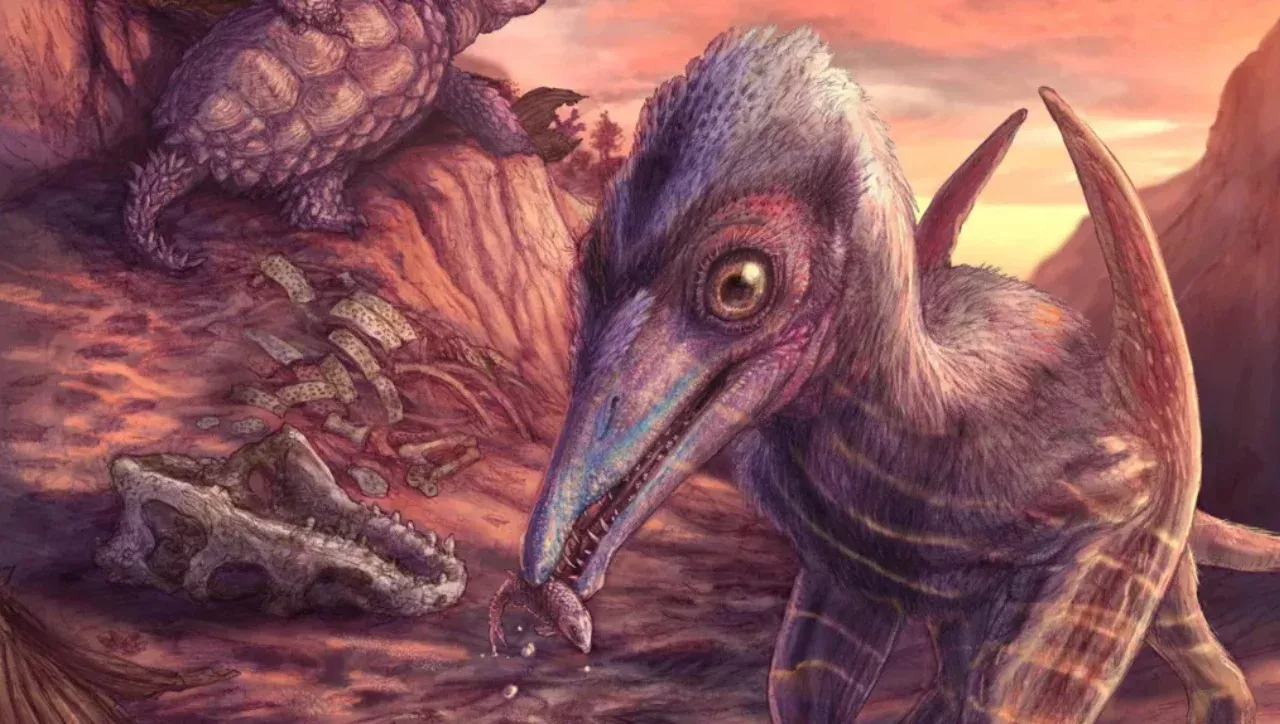
A new species of pterosaur that lived and flew over 200 million years ago has been discovered in Arizona, United States. This was reported by Zamin.uz.
This ancient flying creature has been named Eotephradactylus mcintireae and recognized by scientists as a new species for the world of science. A scientific article about this discovery was published in the Proceedings of the National Academy of Sciences of the United States.
The discovery began in 2011 at the Petrified Forest National Park in Arizona. Paleontologists found the jawbone of an ancient animal in a natural deposit.
Using modern 3D scanning technologies, the bones were thoroughly studied, and it was determined that they belonged to a new pterosaur species previously unknown to science. The name Eotephradactylus mcintireae means "a divine creature spreading its wings in volcanic ash at sunrise."
This name indicates that the bones were preserved under volcanic ash. This discovery is the oldest pterosaur find in North America, dating back to the Triassic period approximately 209 million years ago.
According to Dr. Kligman, pterosaur bones from the Triassic period are delicate and have internal cavities, which is why most of them have been lost underground. Along with the found jawbone, fish scales, animal bones, and fossilized forms of ancient animal waste were also identified.
This provides a lot of information about the ecosystem of that time and the relationships between animals. Analysis of the teeth in the jawbone indicated that the new pterosaur fed on hard-bodied prey, possibly ancient fish with bony scales.
This finding reveals an important stage in the evolutionary process of pterosaurs. They coexisted with amphibians, ancient crocodiles, and other ancestors.
The new pterosaur had a body similar to modern birds, with wings adapted for flapping flight. Its size was comparable to that of a seabird – a small gull.
These small pterosaurs lived in the air during that time, distinguishing themselves from other creatures. In conclusion, the discovery of the Eotephradactylus mcintireae species is not only of historical significance but also gives hope for the discovery of new and mysterious creatures in the future.
The scientific community and naturalists are eagerly awaiting further discoveries.







